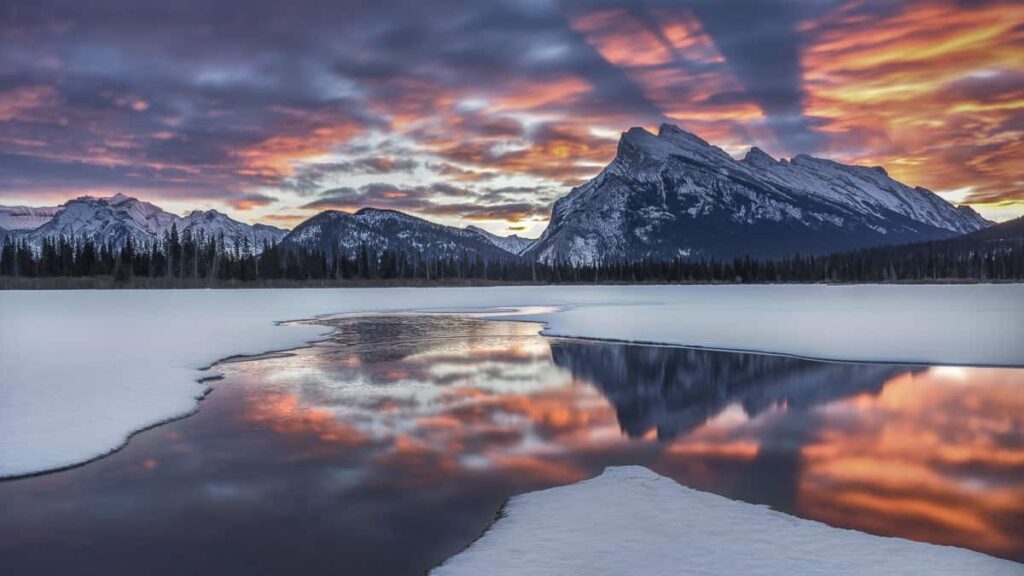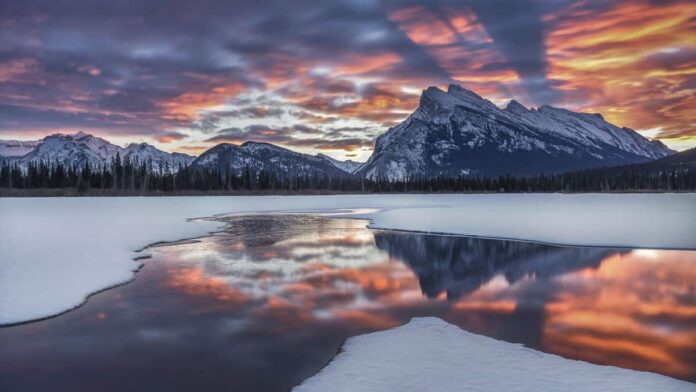
Introduction
Landscape photography is a captivating art form that allows us to capture the beauty of nature and preserve it forever. Whether you’re an amateur photographer or a seasoned professional, there are always ways to enhance your landscape photography skills. In this blog post, we will explore ten valuable tips to help you take breathtaking landscape photos that truly stand out. From composition techniques to equipment considerations, we’ve got you covered. So grab your camera, step into the great outdoors, and let’s embark on this photographic journey together.
Tip 1: Plan and Research
Before setting out to capture stunning landscape photos, it’s essential to plan and research your destination thoroughly. Look for iconic landmarks, hidden gems, and unique perspectives that will make your images more compelling. Utilize online resources, guidebooks, and local knowledge to gather information about the best times of day for optimal lighting conditions. Planning ahead will allow you to make the most of your time on location and increase your chances of capturing that perfect shot.
Tip 2: Master Composition Techniques
Composition is key when it comes to landscape photography. Learning and implementing various composition techniques can significantly enhance the visual impact of your photos. Explore the rule of thirds, leading lines, framing, and the golden ratio. Experiment with different perspectives and angles to add depth and interest to your images. Remember to pay attention to the foreground, middle ground, and background elements to create a sense of balance and harmony.
Tip 3: Utilize Golden Hour
The golden hour, which occurs during the first hour after sunrise and the last hour before sunset, offers the most magical lighting conditions for landscape photography. The soft, warm, and directional light during this time adds a stunning glow to your images, enhances colors, and creates beautiful shadows and textures. Plan your shoots accordingly, and be prepared to capture the mesmerizing scenes that unfold during these golden hours.
Tip 4: Experiment with Different Perspectives
To create unique and captivating landscape photos, challenge yourself to explore different perspectives. Instead of settling for the typical eye-level viewpoint, try shooting from low angles, high vantage points, or even ground level. Experimenting with perspective can transform ordinary scenes into extraordinary works of art, allowing viewers to see the world from a fresh and exciting perspective.
Tip 5: Make Use of Filters
Filters are indispensable tools for landscape photographers. They help control and manipulate light, balance exposure, and enhance colors. Neutral density (ND) filters can be used to create long exposure effects, while graduated neutral density (GND) filters are perfect for balancing the exposure between the bright sky and the darker foreground. Circular polarizing filters (CPL) reduce glare and enhance colors, making them ideal for shooting landscapes with water or foliage. Invest in a good set of filters and learn how to use them effectively to elevate the quality of your landscape photography.
Tip 6: Pay Attention to Foreground Interest
A common mistake in landscape photography is neglecting the importance of a compelling foreground. Including a visually interesting element in the foreground can add depth and create a sense of scale in your images. Look for rocks, flowers, paths, or any other captivating subject that can lead the viewer’s eye into the scene. By carefully selecting and positioning foreground elements, you can transform an ordinary landscape into a visually striking masterpiece.
Tip 7: Use Tripods for Stability
When shooting landscapes, it’s crucial to maintain sharpness throughout the frame, especially in low-light conditions or when using longer exposures. Using a sturdy tripod ensures stability and eliminates camera shake, resulting in sharper images. Invest in a good quality tripod that suits your needs and learn how to set it up properly to maximize its benefits. Remember to use a remote shutter release or the camera’s self-timer to further minimize vibrations when pressing the shutter.
Tip 8: Capture Movement with Long Exposures
Long exposure photography can produce stunning effects by capturing the movement of elements such as flowing water, clouds, or the stars in the night sky. To achieve these effects, use a tripod, select a slow shutter speed, and consider using a neutral density filter to reduce the amount of light entering the camera. Experiment with different exposure times to achieve the desired effect and bring a sense of dynamism and ethereal beauty to your landscape photos.
Tip 9: Edit with Care
Post-processing plays a vital role in landscape photography, allowing you to enhance colors, adjust exposure, and bring out the finest details. However, it’s crucial to exercise restraint and avoid excessive editing that can result in unnatural-looking images. Use editing software such as Adobe Lightroom or Capture One to fine-tune your photos subtly. Pay attention to highlights and shadows, adjust the white balance, and make selective adjustments to specific areas of your image if necessary. Aim to preserve the natural beauty and atmosphere of the scene you captured.
Tip 10: Embrace Patience and Persistence
Landscape photography is not always about instant gratification. Often, the most breathtaking scenes require patience, persistence, and a willingness to return to a location multiple times. Weather conditions, lighting, and other factors may not align perfectly on your first visit, but don’t be discouraged. Embrace the process and continue refining your skills. With time, you’ll learn to anticipate the ideal conditions and capture the landscapes you’ve always dreamed of.
Conclusion
Mastering the art of landscape photography takes time, practice, and a willingness to learn. By applying the ten tips mentioned in this comprehensive guide, you’ll be well on your way to capturing stunning landscape photos that leave a lasting impression. Remember to plan and research, experiment with composition and perspectives, utilize filters, pay attention to foreground interest, and embrace the magic of golden hour. With patience, persistence, and an artistic eye, you can unlock the true beauty of nature through your lens. So, grab your camera and start exploring the world of landscape photography today!


